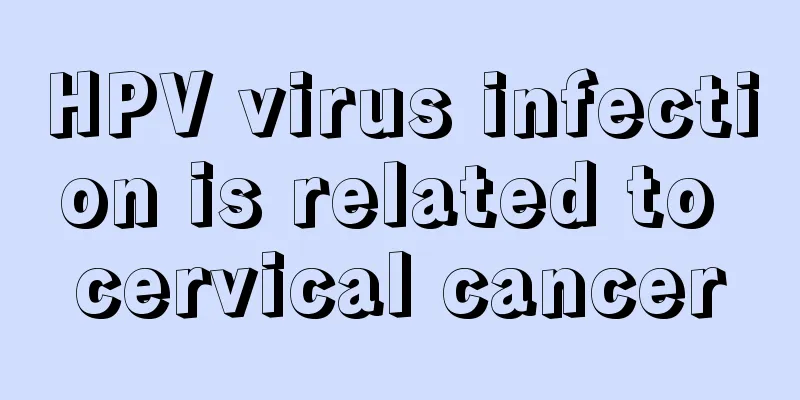There is a white particle growing in the corner of my eye

|
Eyes are the windows to the soul, responsible for our connection with the outside world. At the same time, eyes are also a place where problems can easily occur. If there is a white particle growing in the corner of the eye, the most likely possibility is stye, which we commonly call sty. It is difficult to determine whether it is a stye based on a single symptom. Patients can first fully understand the characteristics of stye and make a judgment based on their own condition. Stye, also known as sty and hordeolum, is an acute suppurative inflammation of the sebaceous glands or meibomian glands near the eyelash follicles. There are two types of styes: internal sty and external sty: 1. External stye It is an acute suppurative inflammation of the Zeis gland. Initially, the eyelid margin shows localized congestion and swelling, and a nodule forms after 2 to 3 days. There is obvious swelling, pain and tenderness. Later, the nodule gradually softens and a yellow pustule forms at the root of the eyelashes, which breaks through and discharges pus quickly. Severe cases may have systemic symptoms such as chills and fever. 2. Internal stye It is an acute purulent inflammation of the meibomian glands. Its clinical symptoms are not as severe as those of external hordeolum, because the inflamed meibomian glands are surrounded by firm tarsal plate tissue. Yellow pus masses are often faintly visible on the surface of the congested palpebral conjunctiva, which may rupture and discharge pus into the conjunctival sac on their own. The opening of the meibomian glands may be slightly raised and congested, and pus may also be discharged along the palpebral gland duct. A few cases may rupture and discharge pus from the skin. If the tarsal plate fails to rupture and the pathogen is highly toxic, the inflammation will expand, invade the entire tarsal plate tissue, and form an eyelid abscess. Causes There are two kinds of glands on the eyelids. The sebaceous glands at the root of the eyelashes open into the hair follicles. The meibomian glands are buried in the tarsal plates near the conjunctiva and open into the eyelid margins. Stye is an acute suppurative inflammation of these two glands. The bacteria that cause styes are mostly Staphylococcus aureus. Clinical manifestations 1. Localized redness, swelling, heat and pain on the eyelid skin, and edema of the adjacent conjunctiva. 2. When pus accumulates locally, yellow pus heads appear. External hordeolum occurs in the sebaceous glands at the root of the eyelashes and manifests itself on the skin surface; internal hordeolum occurs in the meibomian glands and manifests itself on the conjunctival surface. After rupture and drainage of pus, the pain will be relieved and the redness and swelling will subside. 3. Severe cases are accompanied by enlarged and tender preauricular and submandibular lymph nodes, general chills, fever, etc. treat 1. Early hot compress or magnetic therapy Promote infiltration absorption or rapid suppuration of nodules. 2. Surgical incision When the inflammation is under control and pus accumulates to form a fluctuating feeling, it can be drained by incision, and the necrotic or granulation tissue can be properly cleaned. Depending on the situation, placement of a drainage strip can be considered. After the inflammation subsides, if there is still residual granulation tissue or nodules left, surgical removal can be performed again. However, it should be noted that the skin incision of the external hordeolum should be parallel to the eyelid margin, and the conjunctival incision of the internal hordeolum should be perpendicular to the eyelid margin. Avoid inappropriate squeezing to prevent the inflammation from spreading into the orbit and cranium, causing orbital cellulitis, cavernous sinus phlebitis, meningitis and abscess, which may be life-threatening. 3. For stubborn and recurrent cases Autoimmune therapy is available. Patients with systemic fever and swollen preauricular and submandibular lymph nodes can be treated with antibiotics. |
>>: Will buckwheat pillows be infested with bugs?
Recommend
Which specialist hospital is best for treating glioma
Which specialist hospital is good for treating gl...
How to estimate your food intake healthily with your hands
To maintain a healthy weight, it is important to ...
Targeted treatment methods for breast cancer
Targeted therapy is aimed at the site of tumor oc...
Can I eat sweet potatoes if I have hemorrhoids?
In fact, hemorrhoids are a very common disease, a...
A brief discussion on the hazards of hamartoma
Hamartoma is a terrible and common tumor disease,...
What causes lymphoma and what should patients pay attention to in their diet
The symptoms of cancer are actually a signal, so ...
Can a five month old baby sit?
When the baby is 5 months old, it is usually time...
What's the matter with burrs on thyroid nodules
The thyroid gland is an endocrine organ located i...
Is the fragrance of Milan flowers harmful to the human body?
The scent of Milan flowers is generally harmless ...
What is the reason for bitter and sour mouth
I believe many people have experienced a bitter a...
How many days can nasopharyngeal cancer spread?
How long does it take for nasopharyngeal cancer t...
Is this how you moisturize and hydrate?
The cold and dry winter is a torture for female f...
What causes mole itching?
Moles are an abnormal manifestation of our human ...
Can baking soda be used to wash the face every day?
Can baking soda be used to wash your face every d...
Interventional treatment and nursing
Interventional therapy is a general term for trea...









